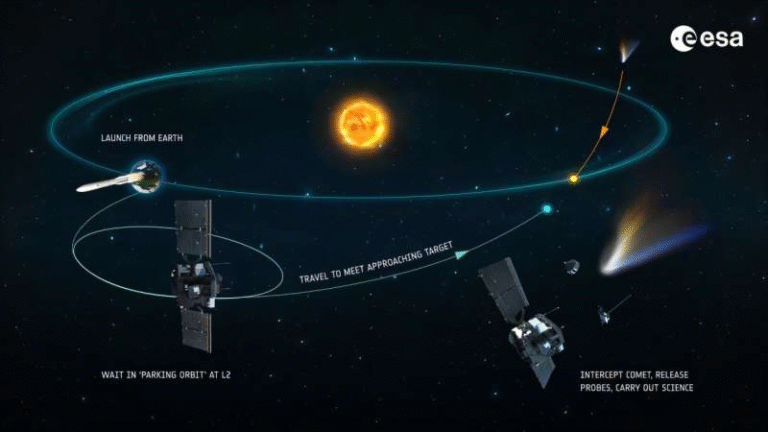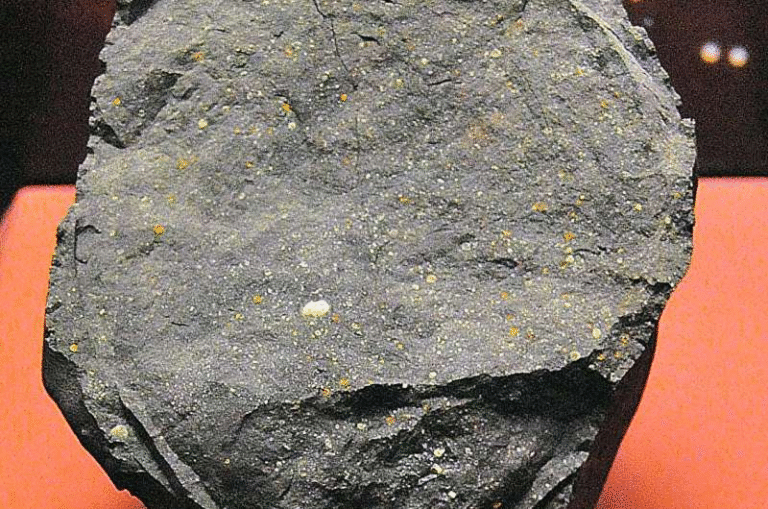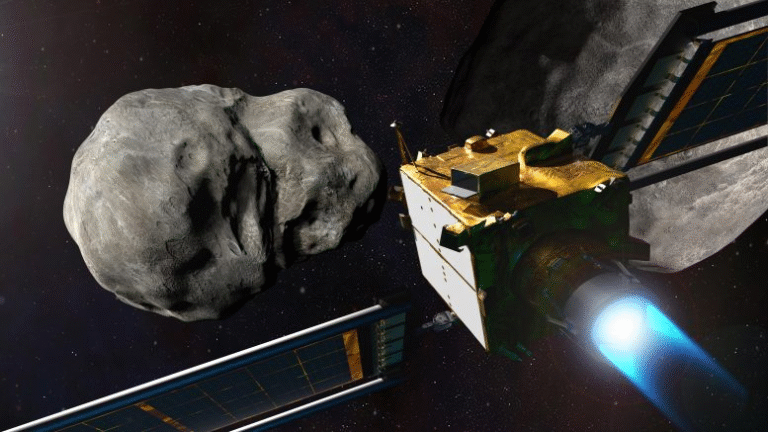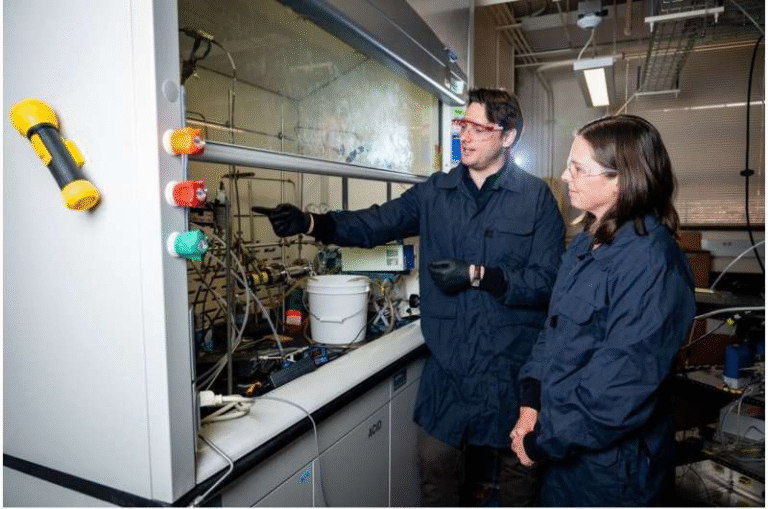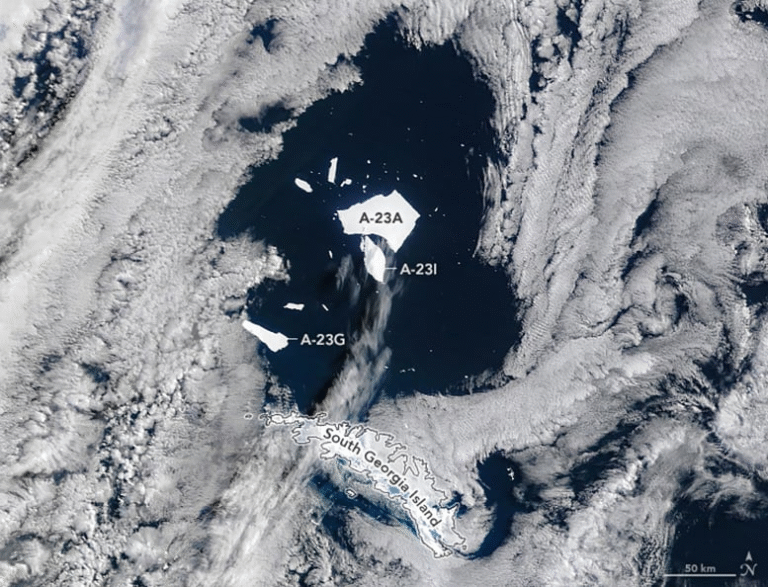JWST Confirms GJ 1132 b Is Likely Airless – A Rocky World Stripped Bare
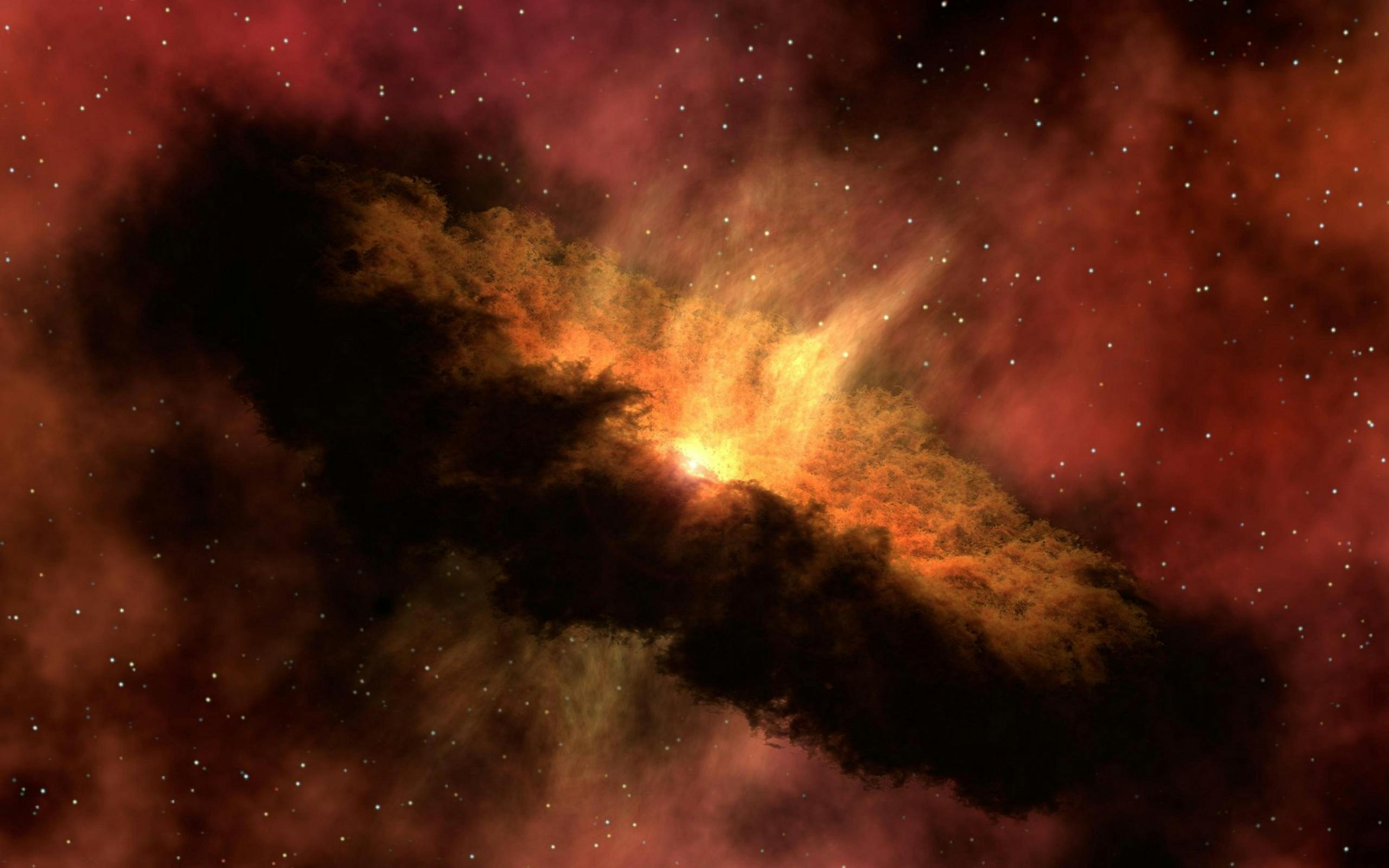
The James Webb Space Telescope (JWST) has delivered a clear answer to a long-debated question about the nearby rocky exoplanet GJ 1132 b. After several rounds of observations, astronomers now conclude that this Earth-sized planet has no substantial atmosphere. This finding not only settles conflicting results from earlier studies but also deepens our understanding of how planets around active M-dwarf stars fare when it comes to holding on to their atmospheres.
Let’s break down exactly what this study found, how it was conducted, and why it matters. Along the way, we’ll also dive into some background on exoplanet atmospheres, the challenges of studying planets around M-dwarfs, and the instruments JWST uses to make these discoveries.
The Planet in Question: GJ 1132 b
GJ 1132 b orbits an M-dwarf star located about 41 light-years away in the constellation Vela. The planet is rocky, with a radius and mass only slightly greater than Earth’s. At first glance, this might sound promising for habitability, but there’s a catch: the planet orbits at a blistering distance of just 0.0153 AU from its star, completing an orbit in 1.6 days. For comparison, Earth sits 1 AU from the Sun and takes 365 days.
Such extreme proximity means GJ 1132 b is constantly bombarded by intense radiation from its host star. M-dwarfs are known to emit strong flares and high-energy radiation, which can easily strip away planetary atmospheres. Whether a rocky world this close to an M-dwarf could keep any sort of atmosphere has been a key test case for astronomers.
Conflicting Results From Earlier Observations
For years, studies of GJ 1132 b produced mixed signals. Some observations hinted at the possibility of a water-rich atmosphere, while others suggested the planet might be completely bare. Even earlier JWST data from two planetary transits (when the planet passes in front of its star) gave contradictory results:
- One dataset suggested water vapor signatures, pointing to a possible steam atmosphere.
- Another dataset showed no atmosphere at all.
This back-and-forth debate left astronomers puzzled. Was the planet airless, or was there still some hope it retained a thin layer of gas?
The New JWST Study: Four Transits, Two Instruments
A new paper led by Katherine A. Bennett and her team finally brings clarity. The researchers analyzed four transits of GJ 1132 b, using JWST’s NIRSpec instrument in two different viewing modes:
- G395H (high resolution): Offers finer detail but has a gap in coverage between 3.75 µm and 3.82 µm.
- G395M (medium resolution): Slightly lower detail, but more continuous coverage and fewer detector issues.
The team compared results from both modes and found that the data quality was essentially the same. This was an important test case for JWST observers, since it shows both modes can be effective depending on the observing strategy.
By combining the four transits into a single dataset, they produced a high-confidence transmission spectrum—a measurement of starlight passing through any atmosphere the planet might have.
Key Finding: A Featureless Spectrum
The result? A flat, featureless spectrum. In simple terms, this means no clear atmospheric absorption features were present. Instead of signals pointing to molecules like water vapor, carbon dioxide, or methane, the spectrum looked flat across the wavelengths studied.
This strongly suggests that GJ 1132 b has no substantial atmosphere.
What About a Thin Steam Atmosphere?
There is still a technical allowance for a very thin steam atmosphere, at pressures around 1 millibar (roughly one-thousandth of Earth’s surface pressure). However, this scenario is supported only if the first transit dataset is included in the analysis.
When the team excluded that dataset—a method they called “leave-one-out” analysis—the evidence for even this tiny steam atmosphere disappeared. The other three transits consistently supported the airless conclusion.
Why the First Dataset Misled Observers
The first dataset likely gave a false impression of an atmosphere because of the star itself. The host star has cool spots on its surface, similar to sunspots on our own star but often more extreme on M-dwarfs. During the first transit, the star had more spot coverage than during the other three. This stellar activity distorted the light curve, creating what looked like an atmospheric signal when in reality it was just noise from the star.
This discovery underscores a major challenge in exoplanet science: stellar variability can mimic planetary atmospheres. For small planets around active stars, this is especially problematic. The researchers suggest that future studies should routinely use leave-one-out methods to catch these anomalies.
Connecting With Previous JWST Emission Data
The team also compared their transmission results with earlier thermal emission observations made by JWST’s MIRI instrument. Emission data provides information about a planet’s heat signature and surface temperature.
The emission studies, like the transmission results, were consistent with an airless planet. Together, they paint a coherent picture: GJ 1132 b is not hiding a thick atmosphere—it’s most likely a bare rock.
Broader Implications: The “Cosmic Shoreline”
This finding ties into the concept of the cosmic shoreline, an idea that describes the dividing line between planets that can keep atmospheres and those that can’t. The key factors are:
- Planetary size and gravity
- Stellar irradiation (energy received from the star)
Small planets close to active stars often fall on the wrong side of this shoreline. GJ 1132 b, despite being similar in size to Earth, is so close to its star that atmospheric escape is virtually guaranteed. This makes it an important data point for models predicting which exoplanets are likely to be habitable.
Why This Matters for M-Dwarf Planets
M-dwarfs are the most common type of star in the galaxy, making up about 70% of all stars. They are also the primary targets in the search for Earth-like exoplanets because their small size makes it easier to detect small planets in transit.
However, M-dwarfs are notoriously active stars, producing flares, radiation, and stellar winds that can strip planetary atmospheres. If rocky planets around M-dwarfs frequently lose their atmospheres, that has big implications for habitability. It could mean that many of the “Earth-like” planets we discover around these stars are, in reality, airless rocks.
Lessons for Future Exoplanet Studies
This study not only clarifies the status of GJ 1132 b but also provides useful guidance for future observations:
- Use multiple transits whenever possible. Single-transit results can be misleading, especially around variable stars.
- Account for stellar activity by monitoring starspots and variability.
- Choose instrument modes carefully. G395M may be preferable for single transits, while G395H works well for multiple observations.
- Cross-check transmission and emission data for a more complete picture.
Other Rocky Worlds and Comparisons
GJ 1132 b isn’t the only hot rocky exoplanet studied with JWST. Others, such as TRAPPIST-1 planets and 55 Cancri e, are also under scrutiny. Each of these worlds helps astronomers refine models of atmospheric loss, volcanic outgassing, and surface composition.
- TRAPPIST-1 system: Seven Earth-sized planets orbiting an M-dwarf. Several of them are in the habitable zone, but recent studies suggest at least some may be losing atmospheres.
- 55 Cancri e: A hot super-Earth that may have volcanic activity but also shows signs of atmospheric challenges.
By comparing these cases, astronomers are building a clearer picture of what makes a rocky exoplanet capable—or incapable—of supporting an atmosphere.
Final Word: A Bare Rock Orbiting an Active Star
The verdict on GJ 1132 b is clear: this nearby rocky world is airless. Any hope that it retained a significant atmosphere has been dashed by JWST’s precise observations. The planet is likely just a hot, bare rock, baked by radiation and stripped by stellar activity.
While this might sound disappointing for those dreaming of habitable exoplanets, it is a crucial scientific step. Knowing where atmospheres can and cannot survive helps refine our search, ensuring we focus on the worlds most likely to harbor life.
